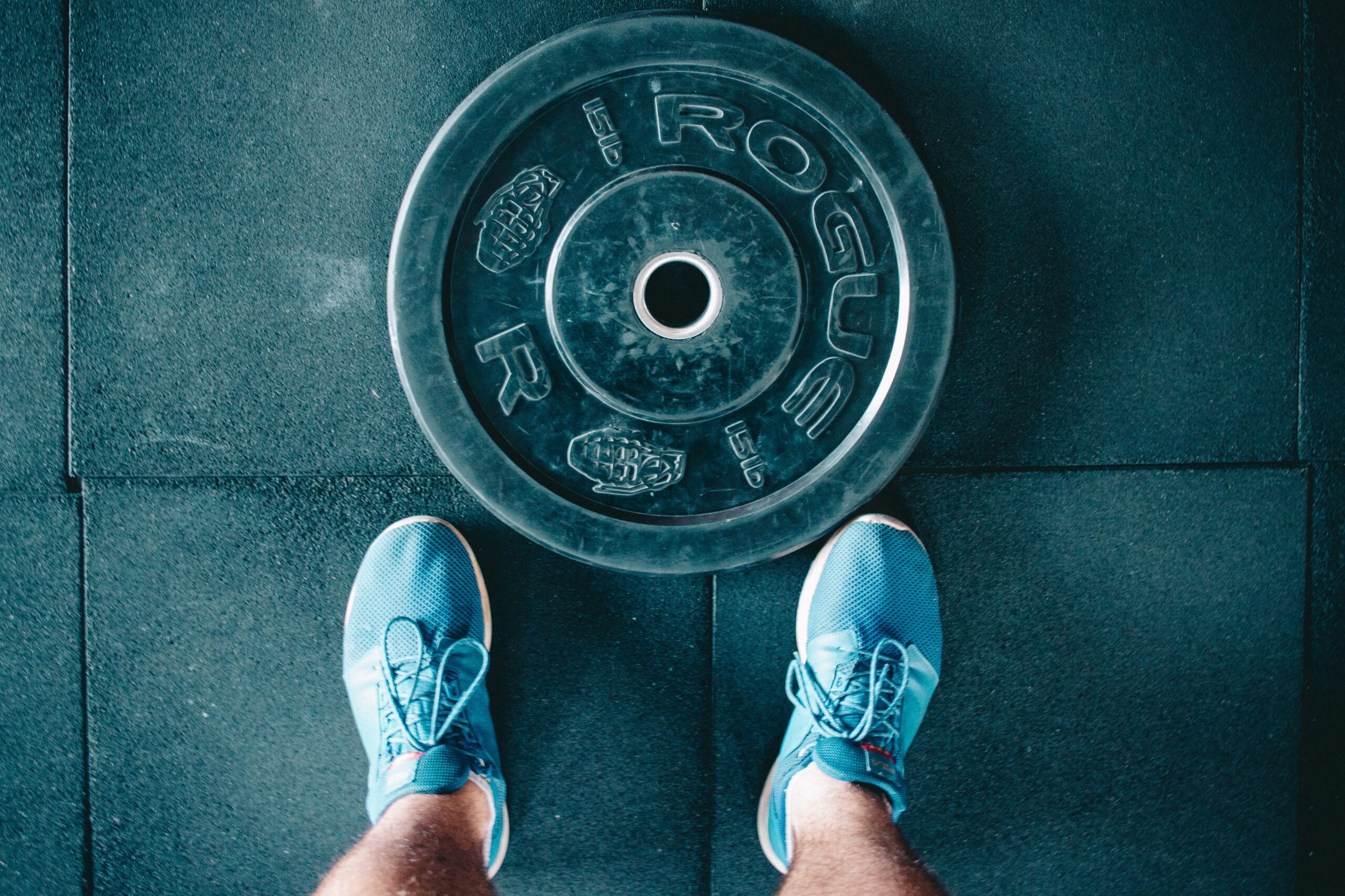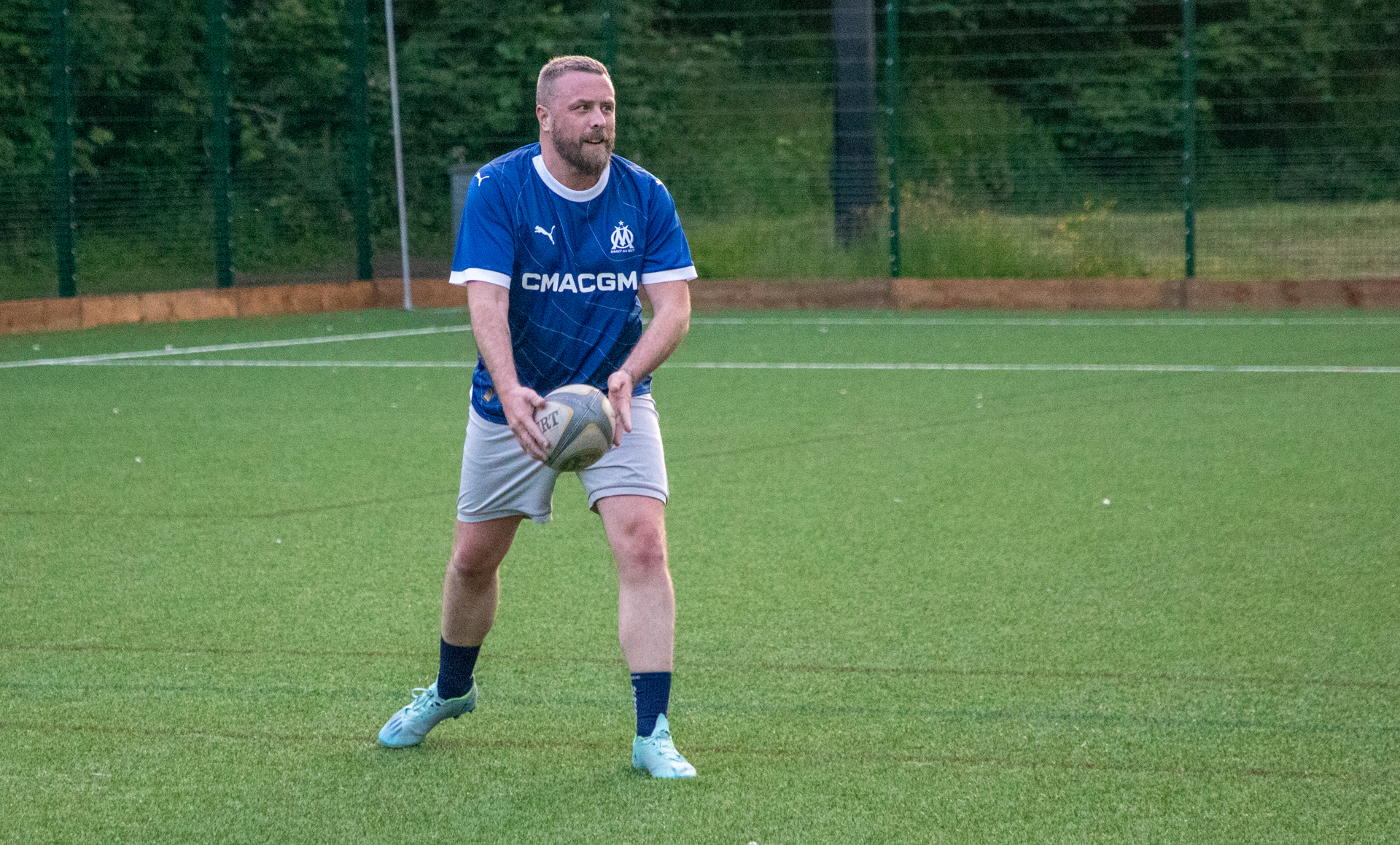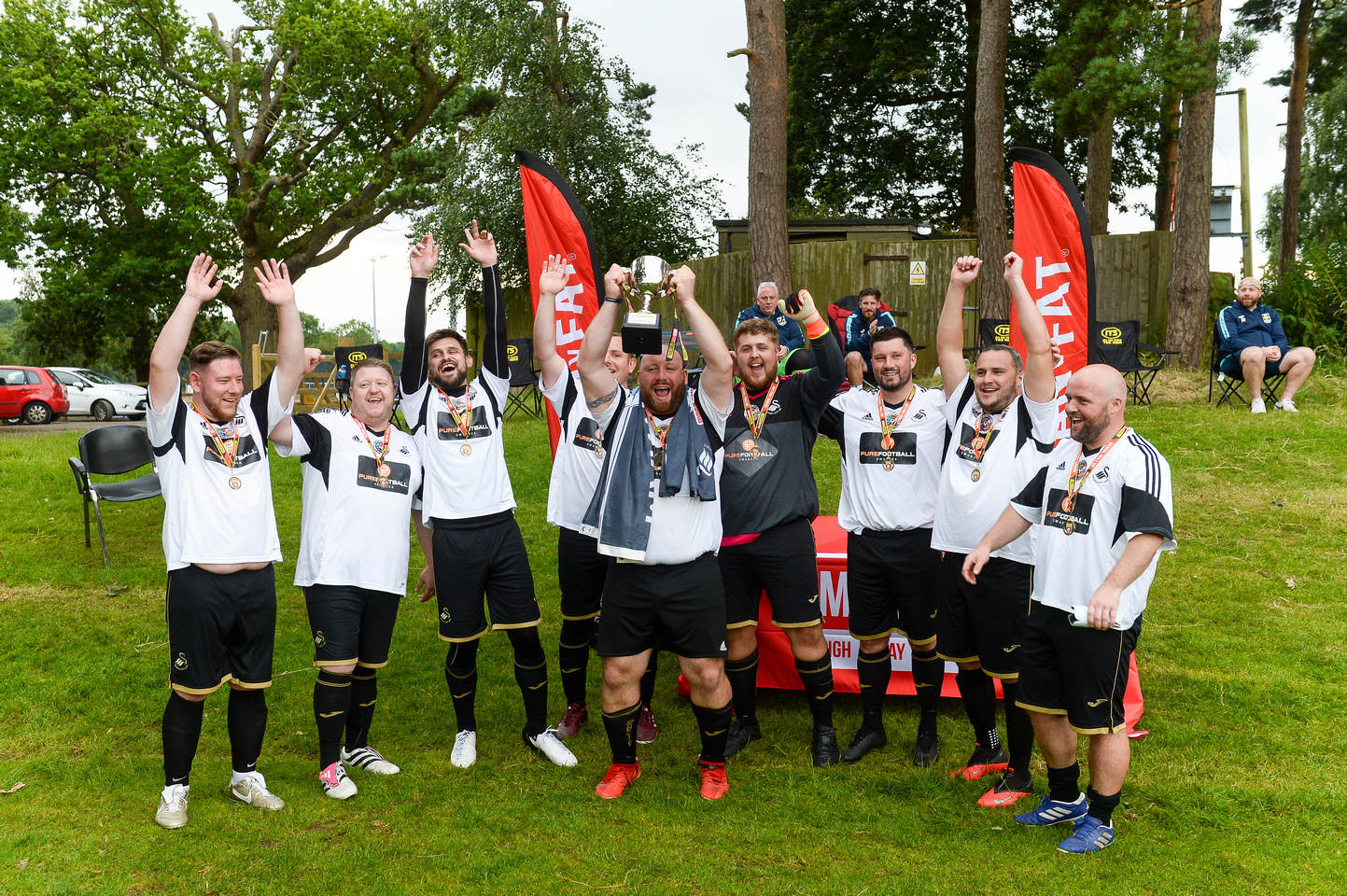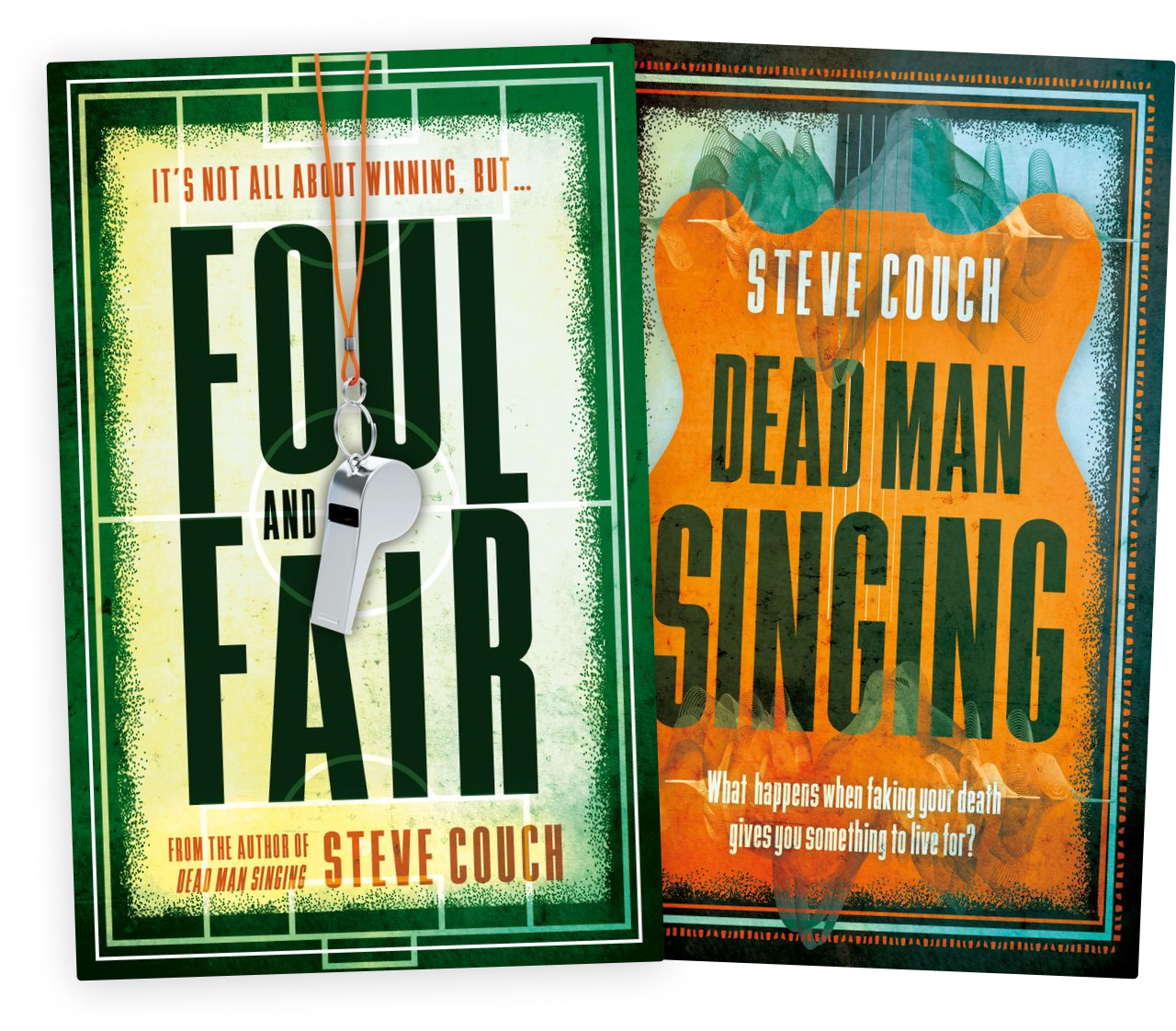It may not come as a surprise to learn that January is the peak time for new sign-ups at the gym with 12.3% of sign-ups coming in January, compared to 8.3 in the rest of the year. If you’re looking to hit the gym for the first time in a while this January, then we thought it would be helpful if you knew what the most common gym injuries are and what to do if you do get hurt.
Plantar Fasciitis
If you are doing aerobics or spending most of your gym time on the treadmill, you may end up with something called plantar fasciitis. This means that one day you may wake up feeling a stabbing pain in the bottom of your foot, right near the heel. It is usually worse in the morning and starts fading once you take your first steps. But it can become a real bother if you keep doing things the wrong way.
Often, it is the sport you practice that puts a lot of pressure on your heels, especially when the extra weight comes into question. So, if your heels feel sore, consider taking a break from the treadmill and trying something more low-impact. The rowing machine can be fun. Or you can mix things up and do some swimming alongside the treadmill pounding this January.
Pulled Groin
If you don’t warm up properly, you risk getting a groin strain. To make it more visual, imagine your inner thigh muscles suddenly stretching and not being able to return to their initial shape immediately. Worst case scenario, they get torn.
In most cases, you will get a mild pulled groin, which means that your inner thigh will hurt and may get a bit swollen and bruised. You may even struggle walking for the first few days. Try to rest and apply ice on your thigh to reduce swelling. You can also take some ibuprofen for the pain. Don’t worry, you’ll have plenty of time to catch up with your training afterwards.
If the pain is getting worse after a few days, it’s time to see a doctor.

Sprained Ankle
Sometimes, if you are doing a lot of jumping and your balance is not that good, you end up with a sprained ankle. You’ve probably landed wrong on it and twisted, rolled, or turned it, injuring the ligaments holding your ankle bones in place. The result is pain, bruising, and swelling.
If the symptoms are mild, the swelling will probably disappear in a few days if you apply ice on the injury and rest. But if you are experiencing severe pain, give your doctor a call to see if you need to have your ankle examined. You may be dealing with a broken bone in your ankle or significant ligament damage.
Three Essential Tips
- Get fitted for trainers that actually support your foot. You should head to a specialist shop where they’ll film you on a treadmill in various shoes so they can see how it provides support.
- Warm up and warm down – find a short routine on Youtube for your sport and make it a ritual, warm muscles are more malleable and less likely to get damaged.
- Stop when it hurts. No pain, no gain is just dumb. Yes, you want to push your body to improve, but when your body is giving you pain signals – LISTEN!
Patellofemoral Pain Syndrome
This syndrome is also called ‘runner’s knee’, but you can get it even if you are not much of a runner. Aerobics can cause it, and squats were also associated with it, according to recent studies, especially when bigger guys do them. It provokes pain at the front of your knee and may make it difficult for you to walk up and down the stairs or sit for a long time.
You can prevent it by strengthening your leg muscles, especially the muscles in the thigh and upper calf. Research has shown that 12 weeks of doing Pilates improves balance and strength, reducing the risk of lower extremity injuries. Consider taking a class or two every week. It’s not just a girl thing, Silvester Stallone does it apparently.
Rotator Cuff Injury
Taking a fall on your outstretched hand or not warming up before doing your push-ups can get you a rotator cuff injury. The rotator cuff is the pack of tendons and muscles that keep your shoulder in place. You use them to lift your arm and grab your cereals from the shelf.
If you’ve torn your rotator cuff, you may experience pain in your shoulder and limited mobility. Your shoulder may also make a cracking or grating sound when you lift your hand. If the injury is not severe, the treatment is, as in most cases, RICE (see above).
Shin Splints
It’s the beginning of a new year, and you’re motivated. That’s good! But make sure you increase the duration and intensity of exercise very gradually to allow your body to get used to the new rhythm. Otherwise, you can end up with pain in your shin bone or tibia and be forced to take a break from training. It can be useful to take a look at the Couch 2 5K app and see how they gradually increase the amount of work you do over a 9 week period – this may seem slow, but it’s been time-proven to reduce the chance of risks.
Shin splints come with tenderness and soreness along the inner side of your shinbone and sometimes are accompanied by swelling, but they disappear in a few days. One way to prevent them is to back up your new aerobics routine with strength training. This way, your leg muscles can sustain your bones better and absorb some of the pressure.




